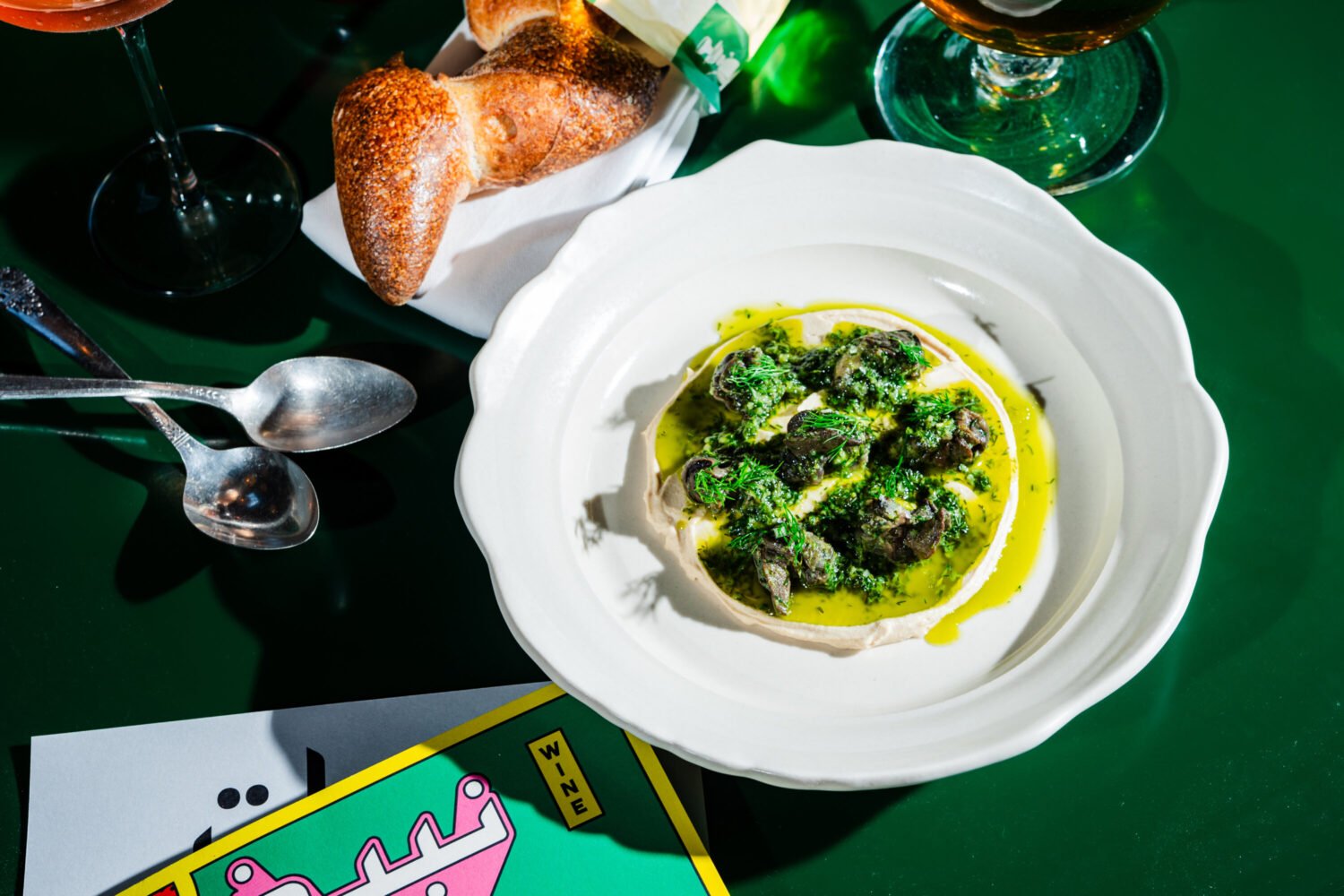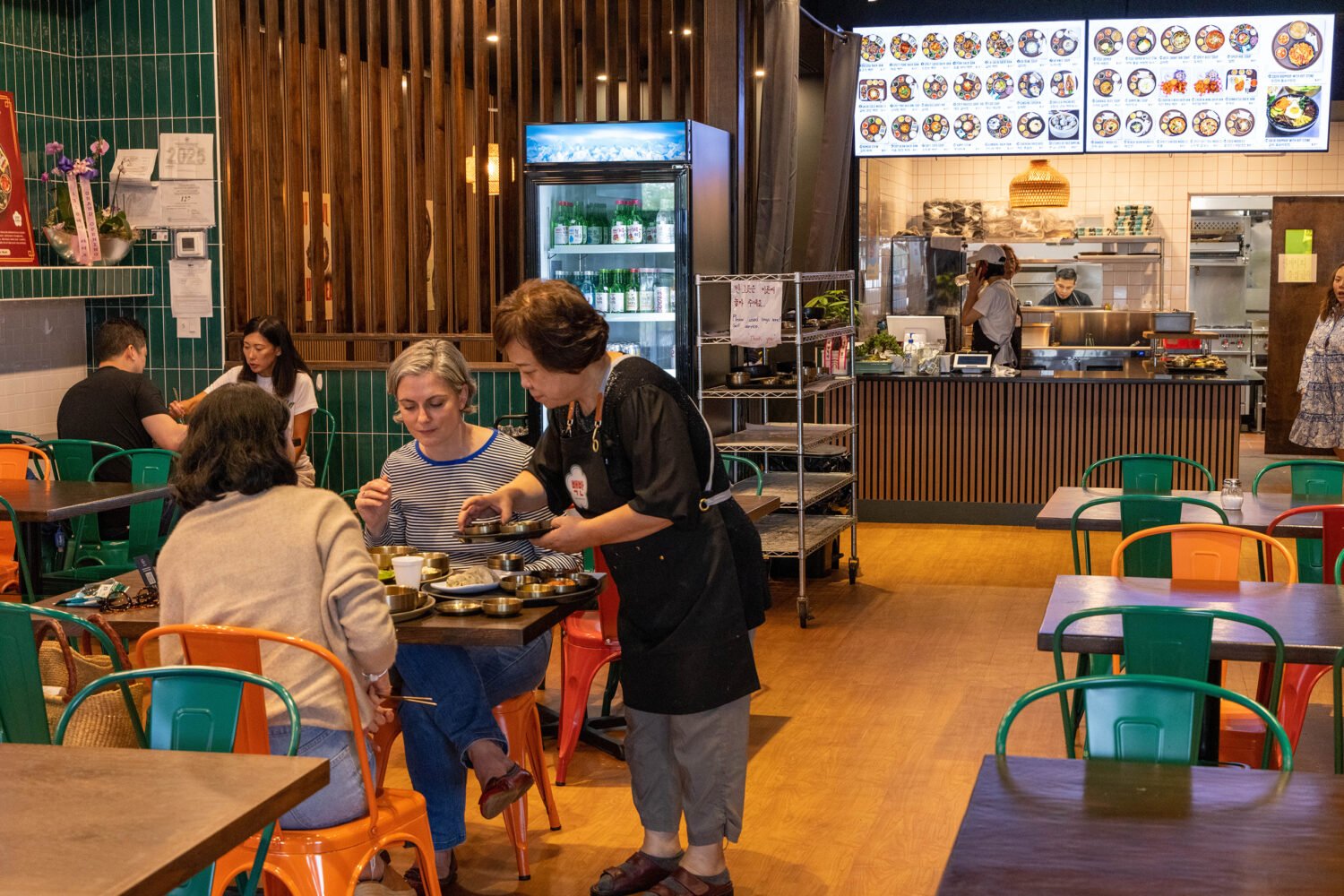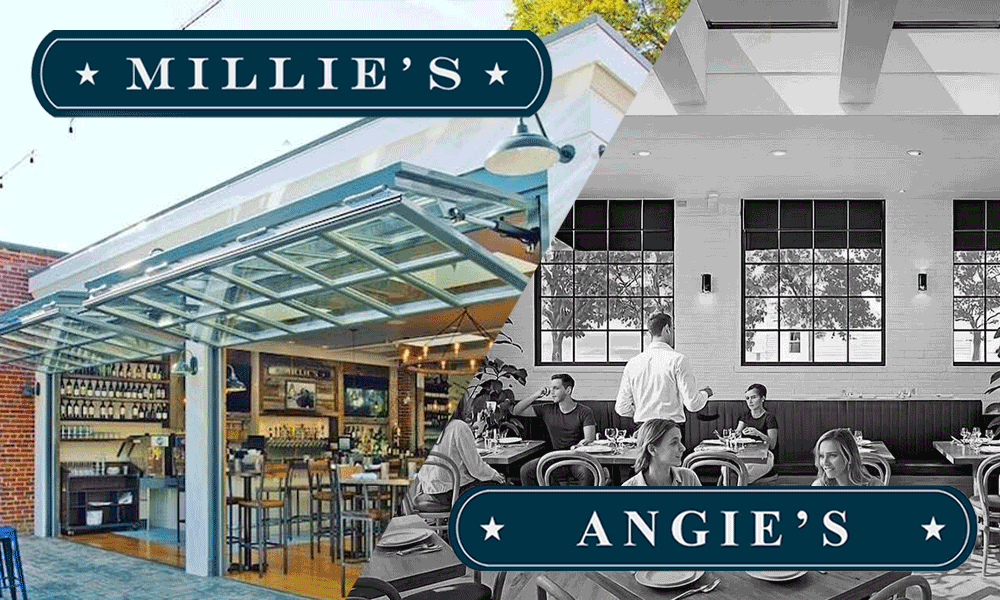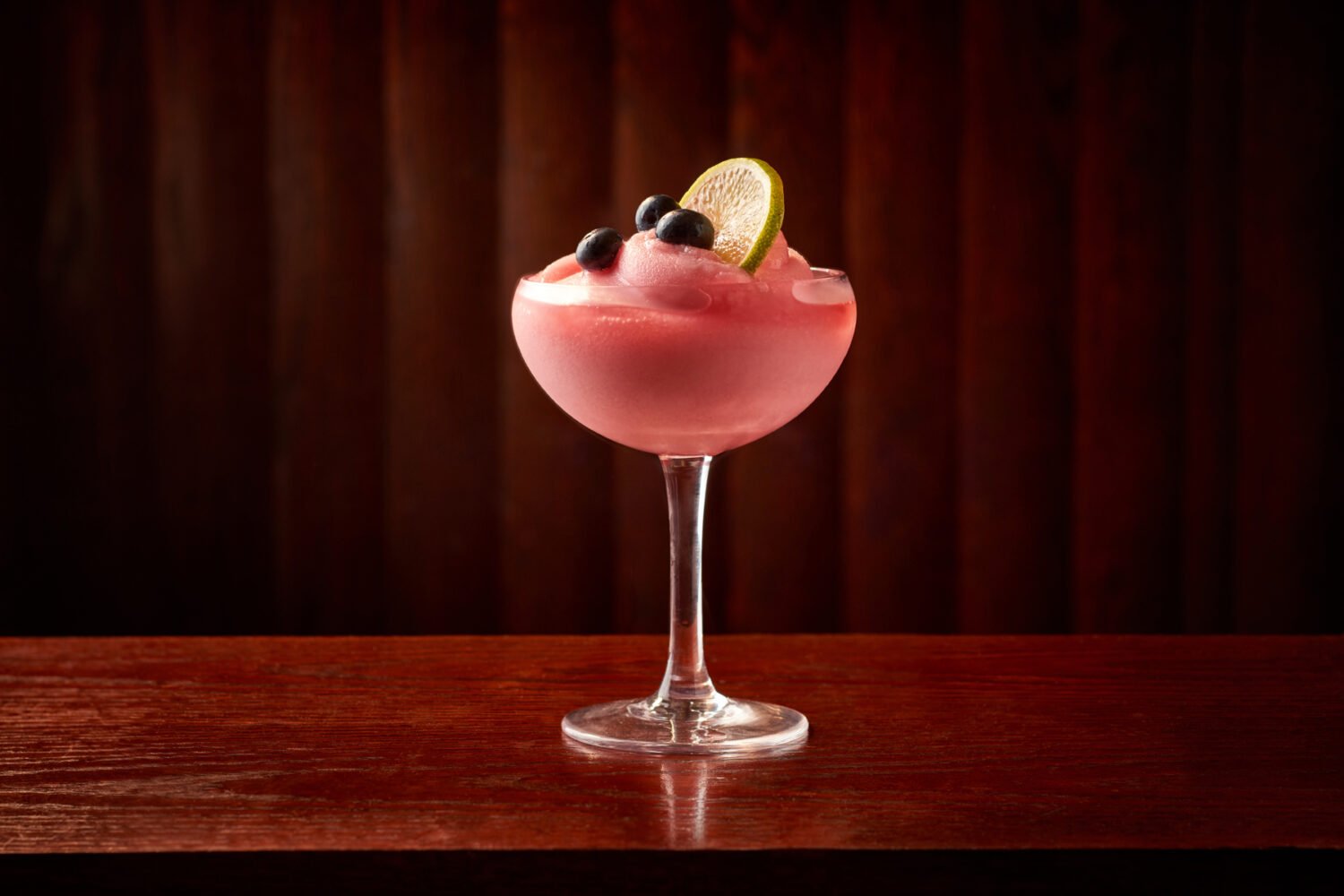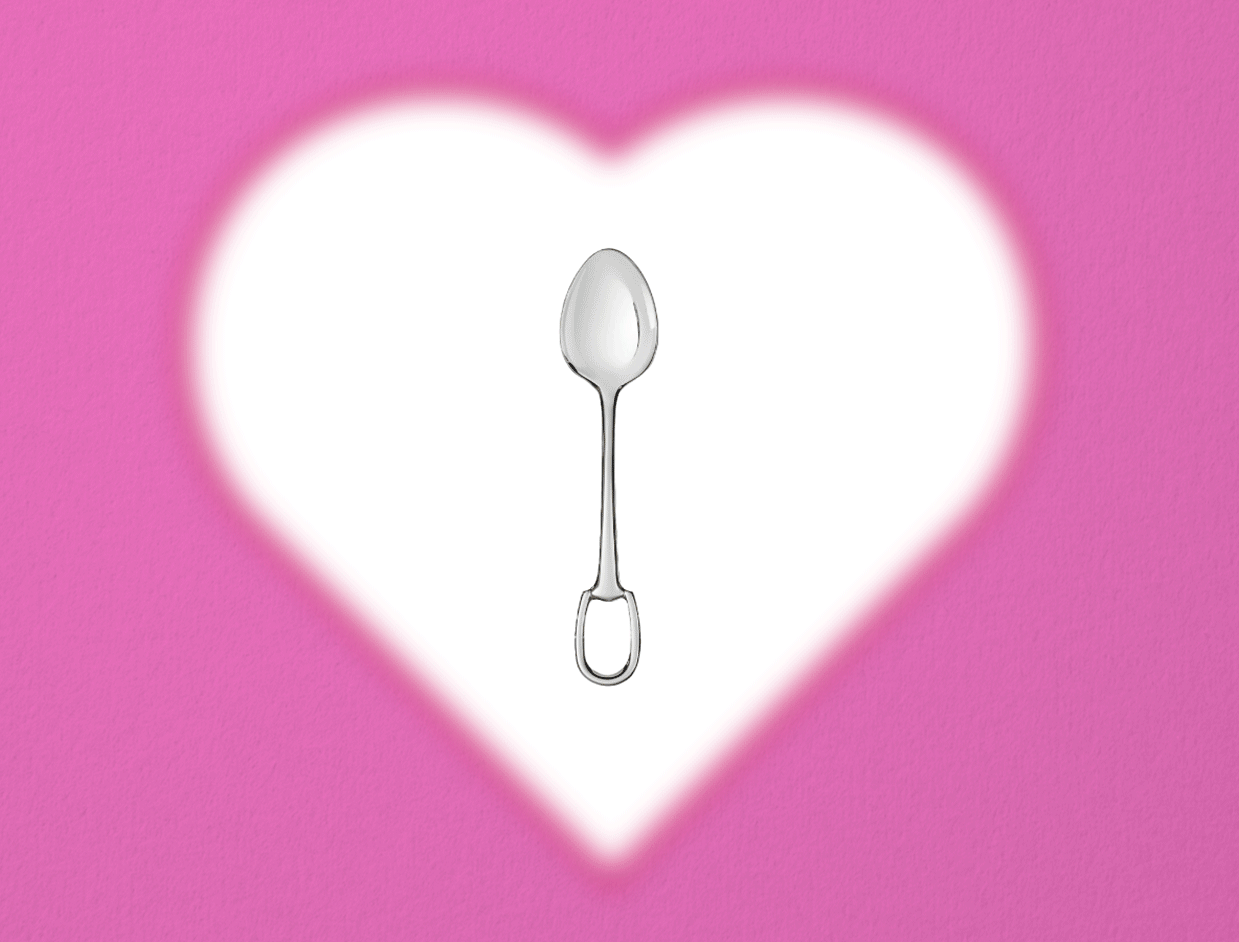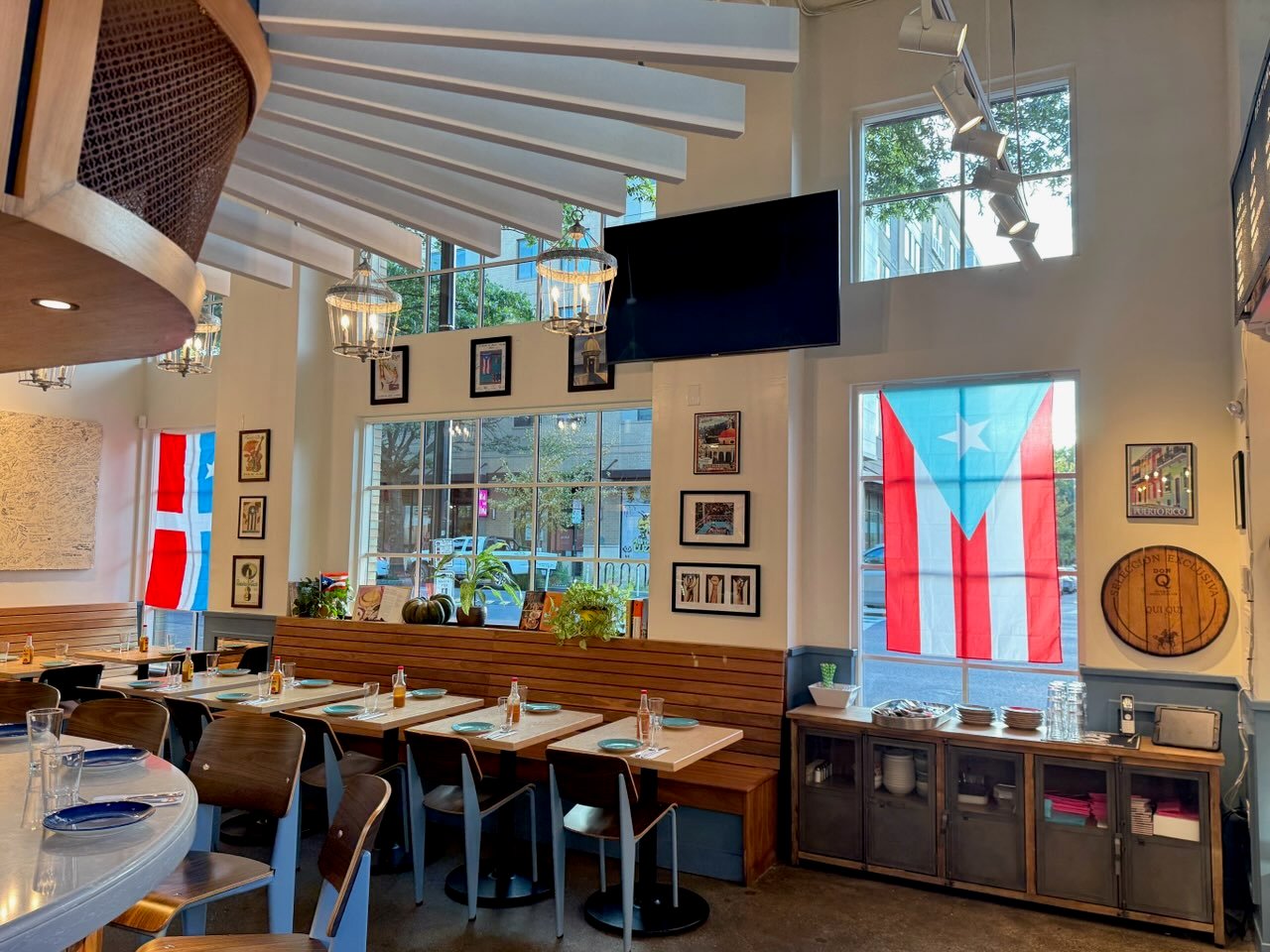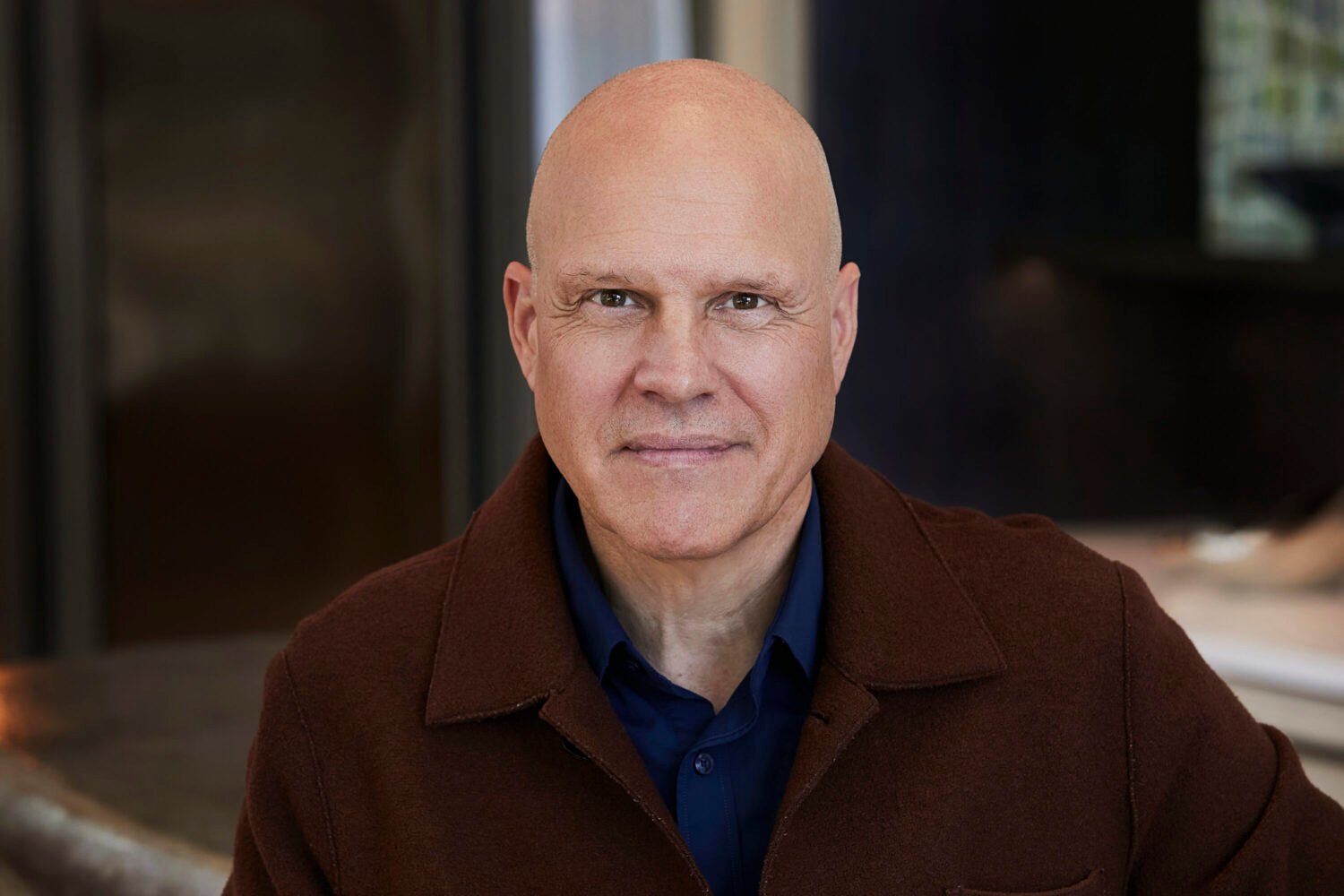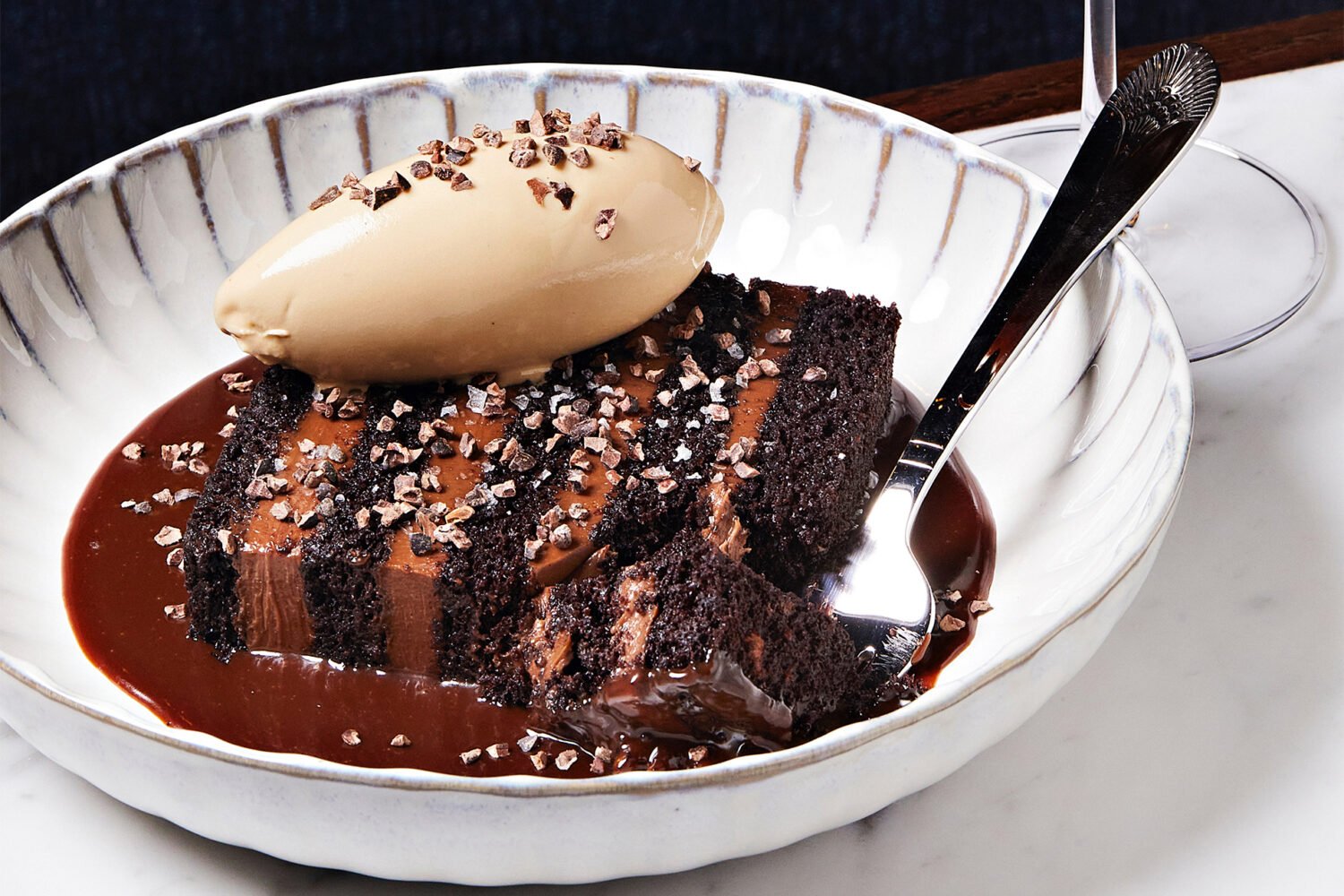Last fall, cocktail historian and Washingtonian
Philip Greene published To Have and Have Another, a historical account and collection of drink recipes based on the life and work
of Ernest Hemingway. It’s a fascinating look at how the author incorporated drinking
into his prose, and offers Papa devotees a way to delve deeper into those hauntingly
evocative scenes—by making the drinks as the characters might have enjoyed them.
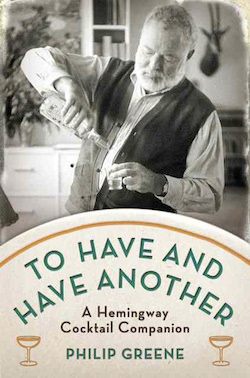
You can catch Greene on Thursday, February 28, at the Watha T. Daniel-Shaw Neighborhood
Library, where he’ll be talking about the book and signing copies (a volume is included
in the $50 ticket price). There will also be an open bar with two cocktails based
on Greene’s research. The event benefits the DC Public Library Foundation. See more
details on the Museum of the American Cocktail’s website, and read on for our conversation with Greene
about his research process and what Hemingway’s favorite Washington bar might be.
I hear you’re a descendent of Antoine Peychaud of Peychaud’s Bitters, the guy who
supposedly invented the Sazerac. True?
In the ’90s my uncle gave me this very cursory family tree, and I ended up finding
out that my great-great-grandmother’s name was Marie Louise Peychaud. [Marie Louise
was a cousin of Antoine’s.] I sort of became an expert on Antoine. This really gave
me the tour into cocktails and got me introduced to the people who run Tales of the
Cocktail and the people who were putting together the Museum of the American Cocktail.
It was really good timing.
And how did you get into Hemingway?
I’ve been a Hemingway buff since high school. For many years I would read Hemingway,
and I would notice the drinks that were mentioned. In 1989 I read
Islands in the Stream, and I noticed he was talking about a drink with fresh lime juice, coconut water,
Angostura bitters, and gin. I was visiting my girlfriend at the time (now my wife)—her
folks have a place down in Florida, and they had a coconut palm tree and a lime tree,
and they had gin. I made the drink.
From that point on I just started collecting in my mind and my memory whenever I read
a Hemingway book. You know, “Okay,
The Sun Also Rises, what’s a Jack Rose?” And then I’d figure out how to make it. In 2008 I did a seminar
at Tales of the Cocktail on the drinks of Ernest Hemingway and that made me think:
Why not a book?
What was the research process like?
It starts with just reading everything he’s written. You pick up
A Farewell to Arms, you skim it, you see that on page 226 he’s having a martini, and you dog-ear that
page and make little notes. It’s that compelling text that you start transcribing
into a document: “I drank a couple more martinis. I had never tasted anything so cool
and clean.” Then you move on to the letters. Some of them have been published, but
a lot of them haven’t. I spent three days at the JFK Library up in Boston, where there’s
a Hemingway collection. And you find he’s writing a letter to a friend talking about
the Bloody Mary he’s drinking and how he made it. Things like that. Then you shift
to biographies that mention some party he went to, or some drinks he had on a boat
when he was fishing. You just start collecting them.
You also do research about places. It may not have anything to do with Hemingway,
but you learn a lot about Harry’s New York Bar in Paris or the Ritz Hotel in Paris—places
Hemingway went. It’s about the folklore of the drinks that are separate from Hemingway,
but you tie it all together.
You obviously came to this project with a lot of cocktail knowledge. Did you learn
anything new about drinks in this process?
The Jack Rose is a great drink—a very simple cocktail. It’s Applejack, grenadine for
the sweetness, and lime or lemon for the sour. I was researching this great 1920s
cocktail book called
Barflies and Cocktails, by Harry McElhone. McElhone owned Harry’s New York Bar in Paris. This book was published
around the same time that
The Sun Also Rises was published.
The Sun Also Rises takes place in Paris—at Harry’s New York Bar—and the characters have cocktails that
include the Jack Rose.
So you think: “Maybe the Jack Rose that is in this cocktail book—from the same city,
the same decade Hemingway was a customer there—maybe this is actually the Jack Rose
Jake Barnes was drinking in
The Sun Also Rises. And it’s a very different cocktail, and it’s a lot more complicated. It also has
gin, it also has sweet vermouth, it also has dry vermouth, it also has orange juice.
It’s a lot more difficult to make. I know a lot of people are like, “Oh, well, congratulations.
You figured out what he might have been drinking.” But it’s just sort of that platform
to be able to go back and try to make them contemporaneously. You sort of round out
some of the rough edges.
Was Hemingway an alcoholic?
I say in my introduction: He drank too much. I’m not qualified to say he was an alcoholic.
I’m not a physician. I will certainly admit that his drinking was excessive and probably
took years off his life.
You can say every great artist has his or her muse. Edna St. Vincent Millay said,
“My candle burns at both ends; it will not last the night; but ah, my foes, and oh,
my friends—it gives a lovely light!” That was her muse; she worked herself to death,
almost. You look at the great poets of the 19th century and it might have been absinthe;
you look at the great musicians of the 1960s and 70s and it was LSD or whatever. I’m
not celebrating the excess in this book. I’m celebrating the beautiful way he wrote,
in particular [about] food and drink. He used eating and drinking in his prose as
a way of describing the scene more richly.
He also used drinking as a release. Writing took a great toll on him. Every morning
he would write, and he would describe the well as being almost empty. And during the
day and night the creative juices would refill the well and he could write again.
And if it was having a few drinks that helped him change his ideas, to get his mind
thinking a different way, that was part of the creative process. And if it shortened
his life, that was part of the sacrifice he made, I guess.
He must have been disciplined, though, to write so many great works.
[From] his letters, his prose, you can tell he had discipline.
And it seems like he knew what he was doing, drinking-wise.
Hemingway was very ahead of his time in that he froze his glasses. Nowadays you go
into a bar and they’re very proud to show you how they are going to chill your glass
with ice and ice water, or they pull it out of the freezer. He was doing that in the
1930s. He wanted his martini to be so cold. He was making ice cubes with tennis ball
cans. He wanted this giant slug of ice in his pitcher of martinis. And he would freeze
his onions at 15 below zero, and he was using bitters. Angostura bitters he loved.
This guy knew what he was doing.
Did he really invent the Bloody Mary?
There is a story that Hemingway invented the Bloody Mary because he was under doctor’s
orders to cut back on his drinking so he had to hide it. And his fourth wife, Mary,
was very diligent about his drinking, so, oh! What a great idea—the bartender at the
Paris Ritz invented the Bloody Mary because vodka doesn’t leave any scent, so he could
have two or three and nobody would know. But the drink was around prior to when Hemingway
and Mary were married.
If Hemingway came to Washington today, what do you think his favorite bar would be?
Uh-oh, I’m going to offend a lot of my friends here. Bar Pilar, of course, is named
for his boat, and has some Hemingway-themed items in the decor. Then you have Jack
Rose Dining Saloon—the name might grab his attention, seeing that he featured that
drink in
The Sun Also Rises. He’d also love the amazing whiskey collection.
Do you have a favorite Hemingway book or story, and did that change in this process?
I think
Islands in the Stream—then and now. It was published after his death; he didn’t have the benefit of his
favorite editor, who had passed away also. There are a lot of places where it drags
and is kind of a mess, but when it’s on, it’s on.

